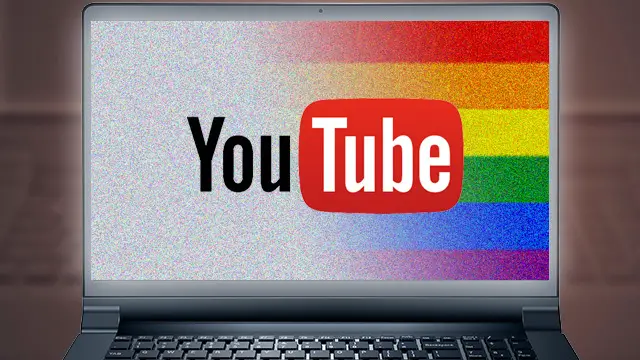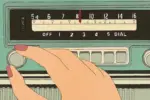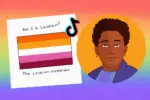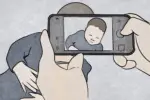Protecting kids from the horrors of the internet is a noble proposal, but in its efforts to do so, YouTube is blocking LGBT+ content.
The video-hosting platform recently introduced a Restricted Mode feature for those who want a safer viewing experience for themselves and their children. Much like Google’s Safe Search, YouTube’s Restricted Mode is supposed to filter out all content that usually isn’t appropriate for the eyes of youngsters.
The feature finds videos with certain keywords in the title or description, and it hides them when Restricted Mode is activated. The idea has good intent; who doesn’t want to shield children from mature videos? Here’s where the problem arises.
Users have noticed that if they post a video with “gay,” “LGBT” or any queer indicator, YouTube will hide the video in Restricted Mode. What message does this send to kids? Sure, there are videos that discuss mature topics within the LGBT+ community, but videos shouldn’t be inappropriate just because a queer person is present.
All of this hullabaloo stems from the idea that the LGBT+ community is inherently sexual and mature, a negative stigma that’s been thrown around for decades to keep kids from thinking that it’s perfectly normal to be gay. Due to the stigma, the LGBT+ community embraced the idea of mature sexuality to a fault.
Until recently, there hadn’t been many spaces for queer people to gather, and most of the existing spaces were bars or clubs. Having these adult-oriented spaces is essential, but it pushes out LGBT+ youth who may not have anywhere else to go where they can be themselves.
YouTube has been around for years, long before coming-out videos were common. But, some of the site’s biggest influencers are a part of the LGBT+ community, so pushing away the audiences for YouTube’s greatest sources of income seems backwards.
Troye Sivan, Connor Franta, Ingrid Nilsen and Shane Dawson are just a few of YouTube’s mega-celebrities that have made videos about their coming-out experiences. These videos are so important, especially for kids who are trying to figure out why they feel strange and different from everyone else. The last thing they need is another reason to think they’re alone.
But, beyond coming out videos, there’s a wealth of content by queer creators. Though all their videos aren’t about being queer, their sexuality tends to be an important part of their channels. It almost sounds like YouTube is telling these creators that it’s fine to be LGBT+, but they shouldn’t talk about it.
What are parents supposed to tell their kids if some guy has a boyfriend or a woman is documenting her transition? Maybe if parents don’t know what to say, they should look to people who have the experience and knowledge instead. YouTubers represent a wide spectrum of sexualities and gender identities, so seeing the right video from the right person might be lifesaving for some kids.
Of course, there are always going to be people who say, “Just leave YouTube!” I hope I’m not speaking for everyone dissatisfied with YouTube’s new policy when I say, “They’ve probably already thought of that!”
YouTube is a powerhouse when it comes to video hosting, so much so that there’s basically no competition. You can post to Tumblr, DailyMotion and Twitter, but it doesn’t have the same effect. Tumblr and Twitter can reach millions of people, but it’s more of a game of chance. The YouTube community is so entrenched in the platform that uprooting a channel and moving it to a less functional website would be detrimental to that creator’s work. Not to mention video-makers often make a living through YouTube partnerships.
The complaints haven’t been falling on deaf ears though. YouTube recently released a statement apologizing for the inconvenience, stating, “The intention of Restricted Mode is to filter out mature content for the tiny subset of users who want a more limited experience. LGBTQ+ videos are available in Restricted Mode, but videos that discuss more sensitive issues may not be.”
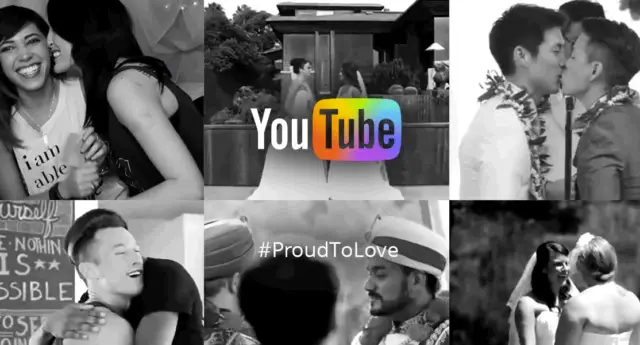
I wonder why this “tiny subset of users” has such sway over what counts as mature, when people have been complaining about YouTube’s lax policies on hate speech and videos pandering to bigots for quite a while now.
In fact, the biggest channel on YouTube has only recently been reprimanded for hateful content disguised as edgy humor: PewDiePie. “How far is too far?” has always been a hot debate, especially when it comes to the web, but people like PewDiePie are certainly stretching the limits of comedy.
When people say “offensive,” it could mean anything. Most swearing isn’t harmful, but some hate it anyway. But then you have the kind of offensive that could actually hurt people, like racist ideology.
Yes, all of PewDiePie’s videos are blocked under Restricted Mode, but to group those videos with any type of LGBT+ content, mature or not, sends a message that YouTube considers both types of videos equally vulgar. Considering PewDiePie’s humor relies on anti-Semitism, homophobia and misogyny, why did YouTube wait so long to implement a Restricted Mode in the first place?
In the past, YouTube has tried a video-flagging method, where users would supposedly self-police content, but this backfired when ill-intentioned people started flagging things that weren’t mature, like LGBT+ and advocacy videos. Restricted Mode basically does the same thing.
As of now, there’s no artificially intelligent being choosing the keywords; that job lies in the hands of flesh-and-blood humans. People are questioning how well YouTube’s ad-placement system is working as well, especially after huge companies like Pepsi and Wal-Mart noticed their advertisements were being played before extremely racist and bigoted videos.
YouTube responded to the flub, promising they would get more user-review input and implement a system where computers scan the audio of videos for questionable themes. YouTube isn’t the only one having a hard time with this though.
The internet is a massive place and no amount of Restricted Modes can wipe away the darkest, sinister corners. But, hopefully places that have given LGBT+ and other ostracized folks a place to gather, like YouTube, can finally get their algorithm right and start blocking what actually needs to stop.


